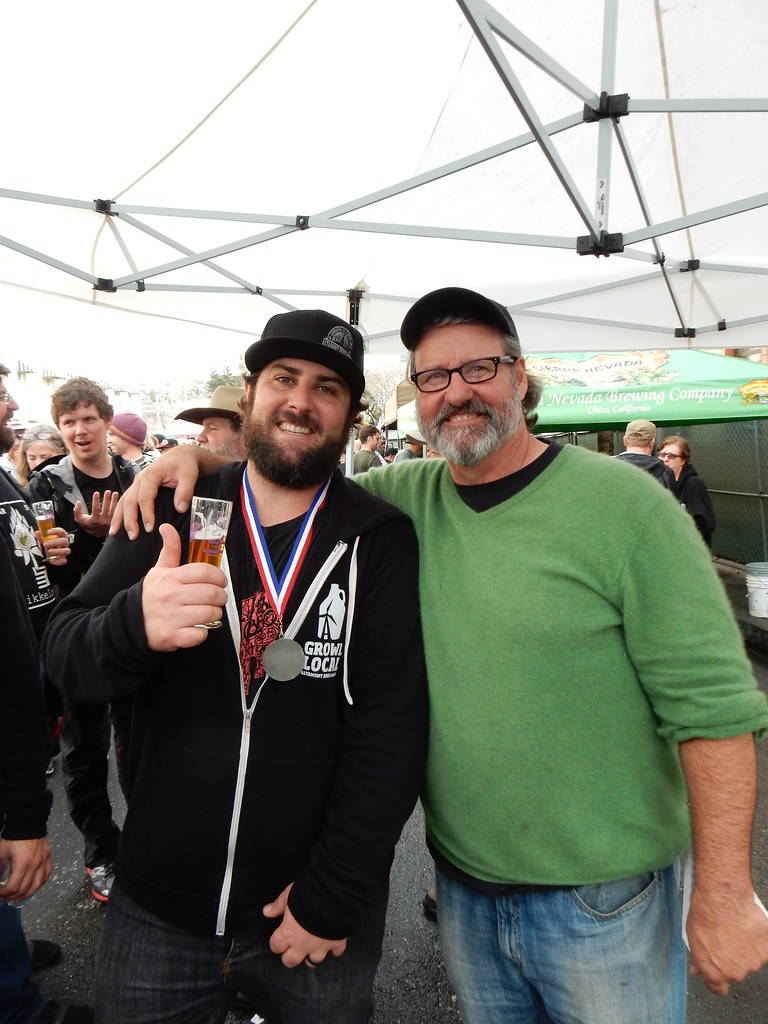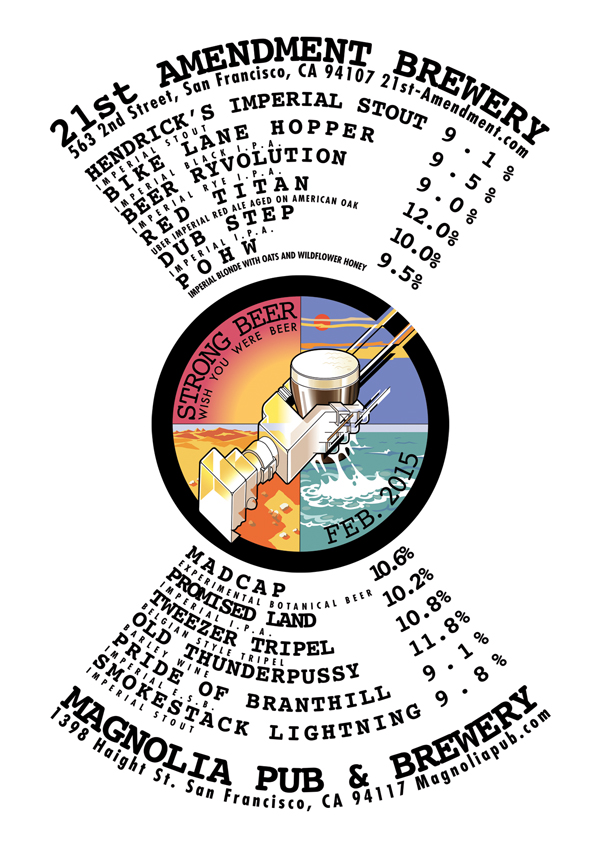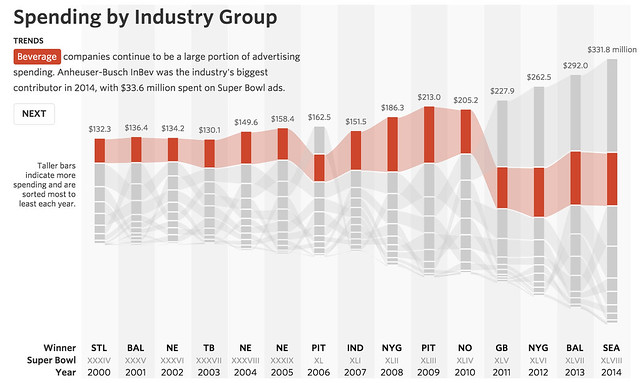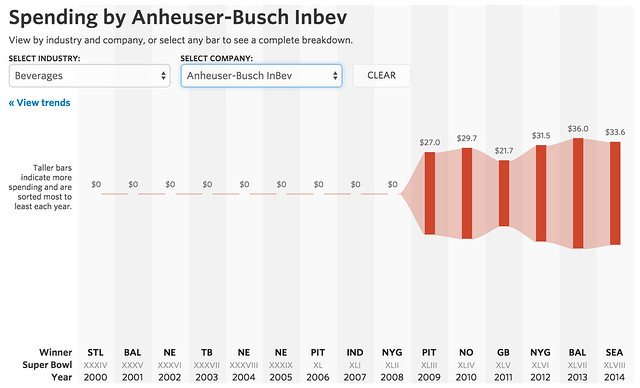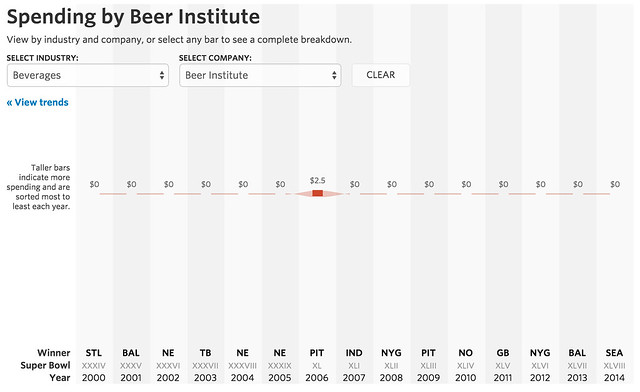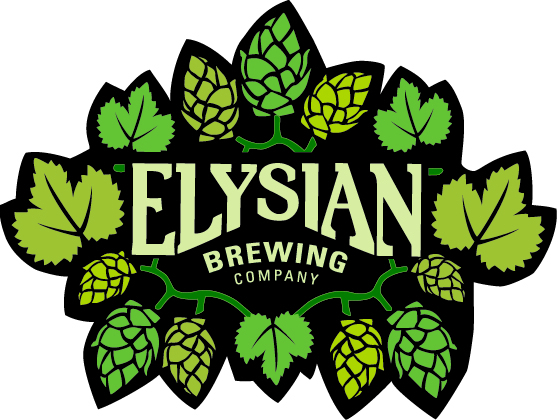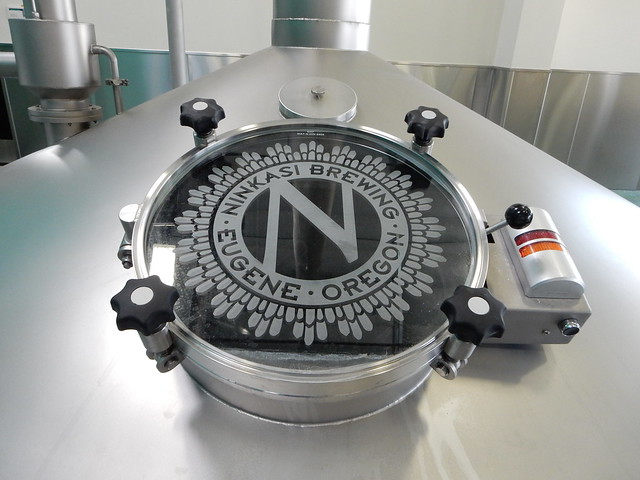
You may recall back in 2010, an exciting discovery was made off the Åland Islands, which is a large group of islands near Finland in the Baltic Sea. In September of 2010, Beer From Early 1800s Found In Baltic Shipwreck, and additional information followed in late November of the same year with an Update On Beer Found In Baltic Shipwreck. I noted at the time that some of the beer had been tasted and they were flirting with the idea of having the beer analyzed to possibly reproduce the beers discovered. In my first post about the discovery, I wrote. “It will certainly be interesting to see what further analysis of the beer reveals.” Well, apparently they heard me, because the analysis has recently been released. Hat tip to Jason Petros from the Brewing Network, who tweeted me the link accompanied by the following pleas. “Make me smarter! What do all these words mean?”
The link is to a journal article in the Journal of Agricultural and Food Chemistry entitled Analysis of Beers from an 1840s’ Shipwreck. The work was conducted primarily by a group of scientists in Finland, with some work also done in Munich, Germany. Here’s the Abstract:
Two bottles of beer from an about 170-year-old shipwreck (M1 Fö 403.3) near the Åland Islands in the Baltic Sea were analyzed. Hop components and their degradation compounds showed that the bottles contained two different beers, one more strongly hopped than the other. The hops used contained higher levels of β-acids than modern varieties and were added before the worts were boiled, converting α-acids to iso-α-acids and β-acids to hulupones. High levels of organic acids, carbonyl compounds, and glucose indicated extensive bacterial and enzyme activity during aging. However, concentrations of yeast-derived flavor compounds were similar to those of modern beers, except that 3-methylbutyl acetate was unusually low in both beers and 2-phenylethanol and possibly 2-phenylethyl acetate were unusually high in one beer. Concentrations of phenolic compounds were similar to those in modern lagers and ales.

You can also read it online as a pdf, laid out on the page as it would appear in the journal. One thing stands out initially. In the initial reporting over the find, the bottles were believed to have been from between 1800 and 1830, but apparently further analysis dates them closer to the 1840s.
Introduction
In the summer of 2010 the wreck of a schooner (M1 Fö 403.3) was discovered in the Baltic Sea a short distance south of the Åland Islands, Finland, at a depth of about 50 m. Archeological evidence suggests the shipwreck occurred during the 1840s, but the schooner’s name, its destination, and its last port-of-call have not yet been identified. The cargo consisted of luxury items, including more than 150 bottles of champagne. Five bottles that look like typical early 19th century beer bottles were also brought to the surface. One of these cracked in the divers’ boat. The liquid that foamed from the cracked bottle looked and, according to the divers, tasted like beer.
Although at least one older (1825) beer sample has been reported, we are not aware of previous chemical analyses of any beer this old. Here we compare the physicochemical characteristics and flavor compound profiles of beer from two of these about 170-year-old bottles with those of modern beers. In contrast to the 100-year-old Scotch whiskey excavated from the ice under Shackleton’s 1907 base camp in the Antarctic and then thoroughly analyzed, these beers have not been stored under ideal conditions, as evidenced by some deterioration in quality. However, although both spontaneous and microbiologically driven chemical changes have occurred, the results give some indication of the original nature of the beers and the techniques used to manufacture them.
Opening the Shipwreck Beer Bottles
Bottles A56 and C49 were raised to the sea surface, and their corks and necks were protected with plastic wrappings. The bottles were stored in water at 2–4 °C and brought from Åland Islands to VTT’s laboratories in Espoo, Finland. The bottles were opened (on separate occasions) under sterile conditions because samples were also taken for microbiological examination (R. Juvonen, M. Raulio, A. Wilhelmson, and E. Storgårds, manuscript in preparation). The part of the cork protruding from the bottle was cut off. A slightly slanting hole was drilled through the rest of the cork using a sterilized drill. A surgical needle fitted with an air filter was inserted into the cork to allow sterile air to enter the bottle to replace the beer withdrawn. (During this procedure, the cork of bottle A56 broke horizontally into two pieces. The upper two-thirds of the cork was removed from the bottle by hand. The lower third remained tightly in the neck of the bottle, but later fell into the beer during an attempt to remove it.) A sterile steel pipe was inserted to the bottom of the bottle. Samples of beer were then slowly removed by syringe through this pipe. Samples for physicochemical analyses were centrifuged twice (10 min at 1000g, then 10 min at 9000g). The supernatants were analyzed immediately or stored in portions at −25 °C. Samples (50 mL) for hop analyses were sent to the Technical University of Munich, Germany, packed in dry ice.

Bottle A56
The article then details the methods used to analyze the beers, comparing them to modern control beers. It’s long and detailed, but very interesting if you love this sort of thing. The results also go into a great deal of detail. For example, upon first opening the bottles.
Bubbles of gas, presumably CO2, formed during sampling, producing a light foam. Both beers were bright golden yellow, with little haze. Both beers smelt of autolyzed yeast, dimethyl sulfide, Bakelite, burnt rubber, over-ripe cheese, and goat, with phenolic and sulfury notes. As the samples warmed to room temperature, the smell of hydrogen sulfide disappeared and that of butyric acid (particularly strong in C49) strengthened.
After the lengthy analysis, and an even longer discussion begins based on their findings. Here are some highlights, but I encourage you to read the entire article.
The overall shape and detailed features of bottles A56 and C49 indicate a high-quality technology that was not yet used in Finland in 1840, but had been used to manufacture beer bottles for two or three decades in central and northern Europe (personal communication; Risto Aalto, Riikka Alvik, Markku Annila, Ulla Klemelä, and Kaisa Koivisto). The presence of hop components (extensively degraded), maltose, and maltotriose identifies the bottles’ contents as beers. The higher concentrations of hop components in beer C49 than in A56 cannot be explained by different degrees of chemical degradation or dilution by seawater and indicates that the bottles contained two different beers. Both shipwreck beers contained too little protein (Table 1) to permit protein identification by 2D gel electrophoresis. Most of the original protein was probably hydrolyzed (e.g., by proteolytic activity of lactic acid bacteria) and partially consumed by microorganisms during aging (both beers contained large numbers of dead bacteria and yeast). Peptides that may have been liberated by hydrolysis and still present in the beer would not have been detected in the protein assay employed as the acetone precipitation step is much less efficient for peptides than for proteins. The amino acid profiles of both beers were broadly similar to those of modern commercial beers (Table 4) and clearly different from, for example, that of apple cider. Features such as the relatively high free proline content are consistent with the raw material being cereal grain but do not distinguish between barley and wheat, which have very similar amino acid profiles. Furthermore, the amino acid profiles of the shipwreck beers have been disturbed by the activity of microbial contaminants.
The presence of hop-derived bitter compounds confirms the use of hops for bittering the beers. Kettle-boiling induces the transformation of α-acids to iso-α-acids and that of β-acids to hulupones. The lack of α- and β-acids and the presence of iso-α-acids and hulupones therefore indicate that hops were added to the worts before kettle-boiling. The amounts of cis-iso-α-acids were higher than those of the corresponding trans-iso-α-acids, which is in line with the higher stability of cis-iso-α-acids and literature findings that trans-iso-α-acids are readily transformed into tri- and tetracyclocohumols, scorpiohumols, and tricyclolactohumols by proton catalysis during aging of beer. Compared to modern beers, rather high amounts of these four compounds were detected; for example, 7.76 and 4.24 μmol L–1 of tri- and tetracyclocohumol were found in C49 compared to 1.00 and 0.46 μmol L–1 in a fresh Pilsner-type beer. The high levels of these aging products can be explained by the low pH and long “reaction time” in the shipwreck. Interestingly, the unexpectedly large amounts of β-acid degradation products hulupones and hulupinic acid are consistent with old hop varieties containing higher levels of β-acids than modern varieties, which have been bred to maximize the α-acid content.
A comparison to modern beers.
Compared to modern beers, beer A56 contained less maltose and both beers contained much less maltotriose and relatively high concentrations of glucose (Table 1). A plausible explanation is that after the initial (yeast-driven) fermentation, contaminating microbes excreted enzymes (e.g., amyloglucosidase) able to degrade residual carbohydrates to glucose. This glucose supply probably supported the growth and fermentative activity of lactic acid bacteria and other microbes. As conditions deteriorated (e.g., acidity increasing), the production of glucose exceeded the fermentative capacity of the remaining viable microbes, and glucose began to accumulate. This hypothesis would explain the high glucose and low maltotriose in the shipwreck beers, but does not immediately explain the relatively high maltose in beer C49.
Despite the unpleasant organoleptic features probably resulting from bacterial spoilage, chemical analyses revealed profiles of yeast-derived flavor compounds broadly similar to those of modern beers (Figure 2). There were some notable peculiarities. Both beers contained very little 3-methylbutyl acetate, but rather high levels of 2-phenylethanol and 1-propanol; A56 contained a high level of 2-phenylethyl acetate, but C49 contained very little; A56 (but not C49) contained a high level of ethyl decanoate and C49 especially contained a high level of ethyl hexanoate. A problem is to determine how much these results reflect the original character of the two beers rather than chemical changes during 170 years at about 4 °C. To our knowledge, there are no studies of the chemical stability of beer over such a long time. Vanderhaegen et al. studied the stability of top-fermented beer for 6 months at 0, 20, or 40 °C. Rates of change were very temperature-sensitive. Many compounds that changed markedly in 6 months at 20 or 40 °C were stable at 0 °C. The amounts of ethyl acetate and 3-methylbutyl acetate decreased by 25 and 60%, respectively, at 40 °C, but did not change at 0 °C. Thus, possibly both shipwreck beers originally contained only little 3-methylbutyl acetate, an important flavor component (banana) of modern beers. More probably, its concentration has decreased during the long aging. Lambic beers contain little 3-methylbutyl acetate, and this is thought to result from the activity of an esterase produced by Dekkera (Brettanomyces) yeasts during the lambic fermentation. Considering the lack of ethylphenol compounds in the beers, it may be more likely that an esterase derived from lysed Saccharomyces cells contributed to the loss of 3-methylbutyl acetate.
Summing up.
In summary, these two about 170-year-old bottles contained two different beers, one (C49) more strongly hopped than the other (A56) with the low α-acid yielding hop varieties common in the 19th century. Both beers exhibited typical profiles of yeast-derived flavor compounds and of phenolics. Present knowledge of the long-term chemical and microbiological stability of these compounds is not adequate to assess how closely the observed profiles indicate the original flavor of the beers. The flavors of these compounds were hidden by very high levels of organic acids, probably produced by bacterial spoilage. The composition of the microbial mixture used to produce these beers is unclear, but it probably did not include many strains producing the Pad1 enzyme responsible for the volatile phenols characteristic of wheat beers. Pad1 activity is common in wild yeast, and its absence suggests that the yeasts employed were domesticated rather than wild.
Jason, barring a degree in chemistry, I doubt I can make you any smarter than you already are, which is smart enough at least to send me the link. Thanks, buddy.


